The most common material options for an entry door are solid wood, PVC and metal. There are a few points to consider for each material.
Solid wood doors are favored for their natural beauty, robustness and longevity. They are often used for historical or period style buildings. They generally require more maintenance than other materials because they can be prone to swelling and shrinkage due to changes in temperature or humidity. However, they can be treated, sanded down and repainted or varnished. The grain pattern and technical characteristics such as density, weather resistance and thermal performance will vary depending on the variety and quality of the wood chosen.
PVC doors require little maintenance and have high level of thermal insulation as well as weather and temperature resistance. They are available in a wide variety of colors, finishes and styles, including wood imitation finishes. However, they are generally more fragile and less secure than metal doors, often being easy to pierce or damage. fiberglass doors (aka GRP) possess many of the same advantages as PVC doors with greater robustness.
Metal doors offer high strength and resistance to piercing, ideal for entries requiring a higher level of security and low maintenance. While steel doors are stronger than aluminum doors, they are subject to corrosion, so less suitable for coastal areas or polluted environments. However, some doors may have finishes to reduce corrosion or damage such as powder coatings or hot-dip galvanizing. Aluminum doors are corrosion resistant, making them a low maintenance alternative to steel entry doors. Many metal doors have insulated foam cores to improve thermal resistance.
A number of manufacturers offer doors with a combination of materials to avoid compromise on design or performance. For example, a steel core door with a veneer finish combines the aesthetics of wood with the security of metal.
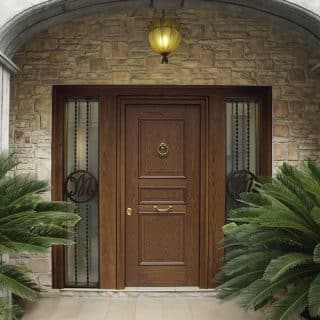
OIKOS Solid Wood Entry Door
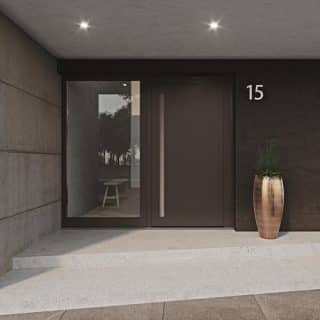
HEROAL Aluminum Door

JOSKO Composite Entry Door





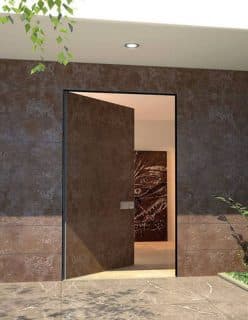
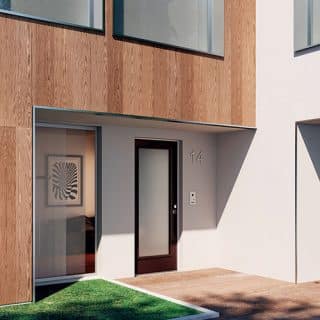
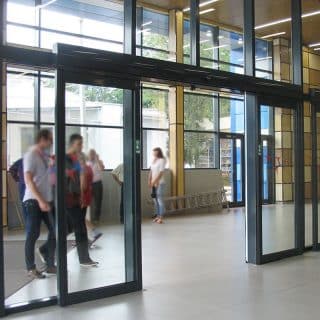
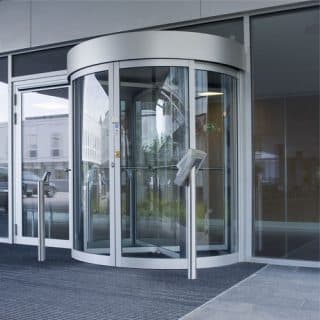
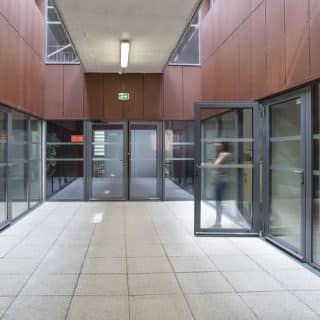





I was really interested in the part of your article where you discussed double doors and how you can design them to be efficient and stylish. Glazing and paneling were things I did not think of when I was looking for a way to renovate the front of my house to make it look more impressive. If I can find a door contractor that can help me use these techniques to give my entrance a sparkling new look, I’ll definitely get them for the renovation project I’m planning.
It was captivating when you explained that aluminum doors are low maintenance since they are corrosion resistant. My friend is looking for the best material for their entry door. I think an aluminum door is the best option for him since he wants them to be low maintenance.